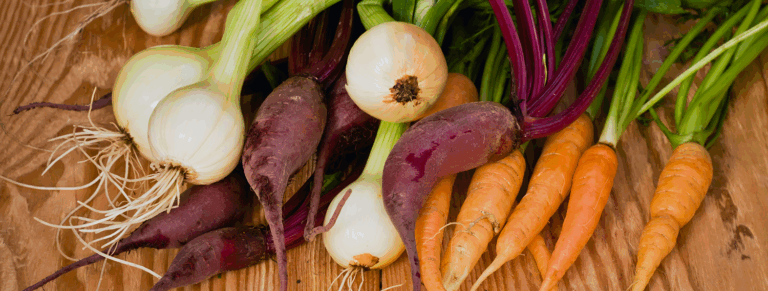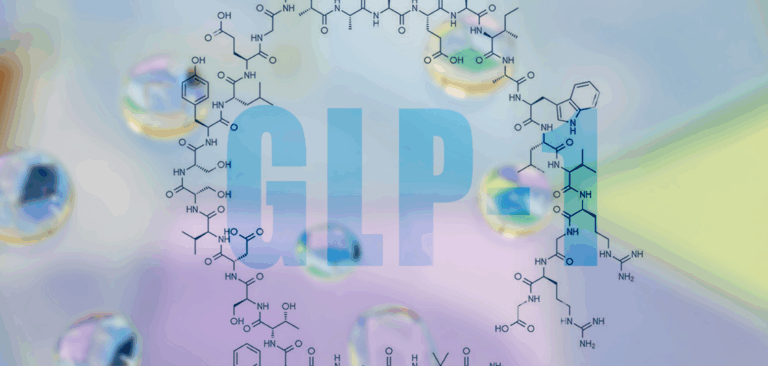How Much Protein Do Children Need? Nutritional Requirements for Growing Kids
What is protein & why is it important?
Protein plays a critical role in the growth, development, and immune function of children. It is one of the three essential macronutrients, along with carbohydrates and fats, meaning that it is a nutrient the body needs in large amounts to provide energy and maintain the body’s structures and systems.
Structurally, protein is composed of amino acids, such as tryptophan, which are the individual building blocks necessary for the creation and repair of tissues throughout the body. During childhood, when rapid growth and development occur, dietary protein helps with the formation of new cells, muscles, bones, and organs.1 Adequate protein intake also supports the development of lean body mass, which helps children gain weight at a healthy rate. It is especially important during periods of intense physical activity and during developmental milestones, such as puberty, when the body requires more protein to fuel its expanding needs.
In addition to physical growth, protein is vital for brain development and cognitive function. Amino acids are necessary for building and maintaining nervous system tissue, including the brain, and for the production of neurotransmitters, the chemical messengers that influence mood, learning, and memory.2 For children, a balanced intake of protein alongside healthy fats and carbohydrates is crucial for supporting intellectual development as well as encouraging positive performance in school.
Protein also plays a key role in maintaining a healthy immune system. The immune system relies on proteins to produce antibodies and enzymes that fight off infections. For children, who are exposed to a plethora of viruses and bacteria during their early years, a well-nourished and resilient immune system is a key component to helping their defense against common illnesses. Protein contributes to the production of immune cells and helps maintain the strength and resilience of the skin, which serves as a physical barrier against pathogens. Inadequate protein intake can impair immune function, making children more susceptible to infections and illnesses.3
How Much Protein for kids by age
The American Academy of Pediatrics recommends that children and adolescents get 10–30% of their daily calories from protein,4 The specific amount of protein a child needs will vary based on their gender and weight; health status and activity level can also impact dietary protein needs.4
For example, a high school athlete will typically need more protein (and overall calories) than their sedentary peers, while a child looking to improve their anthropometrics may need to increase protein to improve satiety and maintain lean muscle mass. The following chart is a reference for protein ranges based on age, however discussing children’s unique health needs and goals with a pediatrician is the best way to determine optimal protein intake:
| Age | Protein Intake |
| Toddlers (1-3 years) | 13 grams per day, or 0.5 grams per pound of body weight |
| Children (4-8 years) | 19 grams per day |
| Children (9-13 years) | 34 grams per day |
| Adolescents (14-18 years) | 46-52 grams per day |
Best sources of protein & tips for increasing protein intake
While adequate protein intake is important, the quality of protein sources also matters. Several whole-food protein sources from animals and plants provide what is known as a ‘complete protein,’ meaning they contain all nine essential amino acids needed by the body:
- Animal sources: – meats including chicken and fish, eggs, dairy
- Plant sources: quinoa, buckwheat, soy, chia seeds, edamame, spirulina
Parents can combine incomplete proteins to get all the essential amino acids. For example, you can combine:
- Grains and legumes
- Nuts and seeds with legumes
- Rice and beans
- Hummus and pita
- Peanut butter on whole grain rice cakes
Ensuring adequate protein intake during the picky eating years can be a real challenge for parents and caregivers. Here are a few tips to sneak protein into even the most resistant eaters:
- Make yummy fruit smoothies with some Greek yogurt added in
- Combine peanut butter, rolled oats and honey to make a complete-protein no-bake cookie
- Dip their favorite berries into sweetened Greek yogurt and freeze for a delicious, protein-packed dessert
- Whole grain bread with their favorite nut butter (peanut, almond, cashew), sliced banana and honey drizzled on top
- Pasta or rice cooked in bone broth (bone broth is not a complete protein, but will supply several essential amino acids
- Michaelsen KF, Greer FR. Protein needs early in life and long-term health. The American journal of clinical nutrition. 2014;99(3):718S-722S.
- Nagao K. Cognition and nutrition: the role of dietary protein and amino acids in cognitive health. Curr Opin Clin Nutr Metab Care. Jan 1 2024;27(1):40-46. doi:10.1097/mco.0000000000000987
- Verduci E, Köglmeier J. Immunomodulation in Children: The Role of the Diet. J Pediatr Gastroenterol Nutr. Sep 1 2021;73(3):293-298. doi:10.1097/mpg.0000000000003152
- Muth ND, Tanaka M. The clinician’s guide to pediatric nutrition. American Academy of Pediatrics; 2023.







